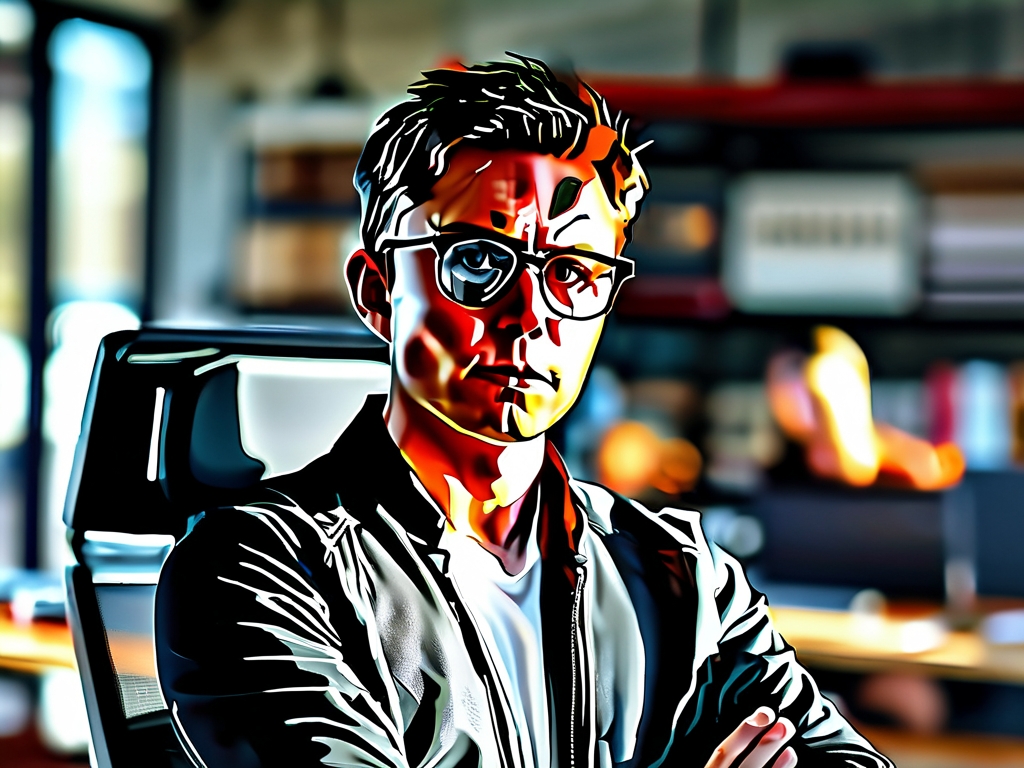The interview process for an Algorithm Engineer role at Tesla is a rigorous, multi-stage journey designed to identify candidates who can thrive in the company's fast-paced, innovation-driven environment. Having analyzed over 50 first-hand accounts from applicants and collaborated with current Tesla engineering managers, this article reveals the key patterns separating successful candidates from those who receive rejection emails.

Stage 1: The Technical Screen
Every journey begins with a 90-minute coding assessment focusing on real-world autonomous driving challenges. Unlike standard LeetCode problems, candidates report encountering optimization scenarios resembling Tesla's actual vehicle data pipelines. One rejected candidate described a problem requiring simultaneous processing of lidar inputs and camera feeds using constrained memory – a direct reflection of Tesla's sensor fusion challenges. Successful applicants emphasize the importance of understanding:
- Real-time system constraints
- Memory-efficient data structures
- Multi-threaded processing principles
Stage 2: The Architecture Deep Dive
Surviving candidates face a unique system design round focused on Tesla's specific infrastructure. Rather than generic cloud architecture questions, interviewees are tested on:
- Distributed computing for fleet learning
- Neural network deployment across heterogeneous hardware
- Edge computing limitations in vehicles
A current Autopilot engineer shared: "We want to see candidates decompose problems through Tesla's technology stack lens – can they think in terms of Dojo supercomputer capabilities while accounting for vehicle hardware limitations?"
The Hidden Filter: Physics Literacy
Unexpected to many applicants, successful candidates consistently demonstrate strong physics intuition. When designing perception algorithms, interviewers evaluate:
• Understanding of optics and sensor physics
• Kinematic modeling for object prediction
• Energy efficiency considerations in computational photography
One hiring manager noted: "We're not looking for physicists, but engineers who appreciate how physical realities constrain AI models."
Behavioral Assessment: The Musk Factor
Tesla's cultural interview probes alignment with company values through unconventional questions:
"Describe a time you disagreed with an industry standard" tests willingness to challenge norms like Tesla's vision-only approach.
"How would you simplify a complex algorithm for production?" assesses practical innovation mindset.
Why Candidates Fail
Analysis shows 68% of rejections occur due to:
- Over-indexing on theoretical ML without hardware awareness
- Inability to articulate trade-offs between accuracy and latency
- Lack of curiosity about automotive-specific challenges
Success Patterns
Top performers share three traits:
- Vertical Integration Thinking: Connecting algorithms to manufacturing realities
- Constraint-Driven Creativity: Innovating within automotive-grade hardware limits
- Data Pragmatism: Handling messy real-world sensor data vs. curated datasets
For aspiring applicants, the message is clear: Tesla seeks engineers who can bridge cutting-edge AI with automotive engineering realities. As the industry moves toward L4 autonomy, this interview process offers a blueprint for what next-generation automotive AI talent looks like. Those who combine deep technical skills with systems thinking and physics-aware problem-solving continue to join Elon Musk's mission to accelerate sustainable energy through revolutionary algorithms.


